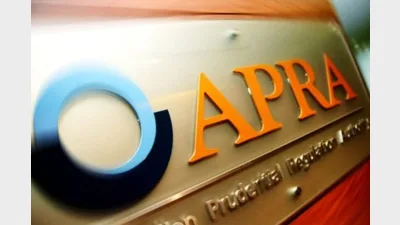(December-2001) AIST wants lost members found
The Australian Institute of Superannuation Trustees (AIST) has unveiled a report which recommends some policy changes to help prevent superannuation money being ‘lost’.
It is based on research by industry expert Peter Binns and aimed at developing best practice standards.
AIST president Susan Ryan says according to the Australian Taxation Office (ATO), there are about 3.8 million members on the Lost Register whose ‘lost’ benefits amount to about $5.4 billion — an average of about $1,420 per person.
According to the Superannuation Industry (Supervision) Regulations Act, people are defined as lost members in three ways: if they are uncontactable because of an invalid address or relocation; are an inactive member having not received employer contributions for more than two years; or have joined the fund from another scheme as a lost member.
AIST has suggested that legislation be changed to ensure members who leave a benefit in a fund are not regarded as lost just because they have not decided what they want to do with it or because they have not received a contribution for two years. The latter can be overcome by increasing the time frame to six years, says Ryan.
The report recommends that temporary residents, such as backpackers or overseas visitors who do temporary work and accumulate superannuation, be allowed to access the funds on returning to their country of origin permanently.
It also states that super funds can limit the number of lost members by increasing communication, encouraging employers to make regular payments, improving member identification and ensuring that the fund does not have high exit or transfer fees.
Recommended for you
Australia’s superannuation sector has expanded strongly over the June quarter, with assets, contributions, and benefit payments all recording notable increases.
The Super Members Council (SMC) has called on the government to urgently legislate payday super, warning that delays will further undermine the retirement savings of Australian women.
ASFA has highlighted that regulation should not be “set and forget” and calls for a modernised test to meet future needs.
The super fund is open to the idea of using crypto ETFs to invest in the asset class, but says there are important compliance checks to tick off first.











